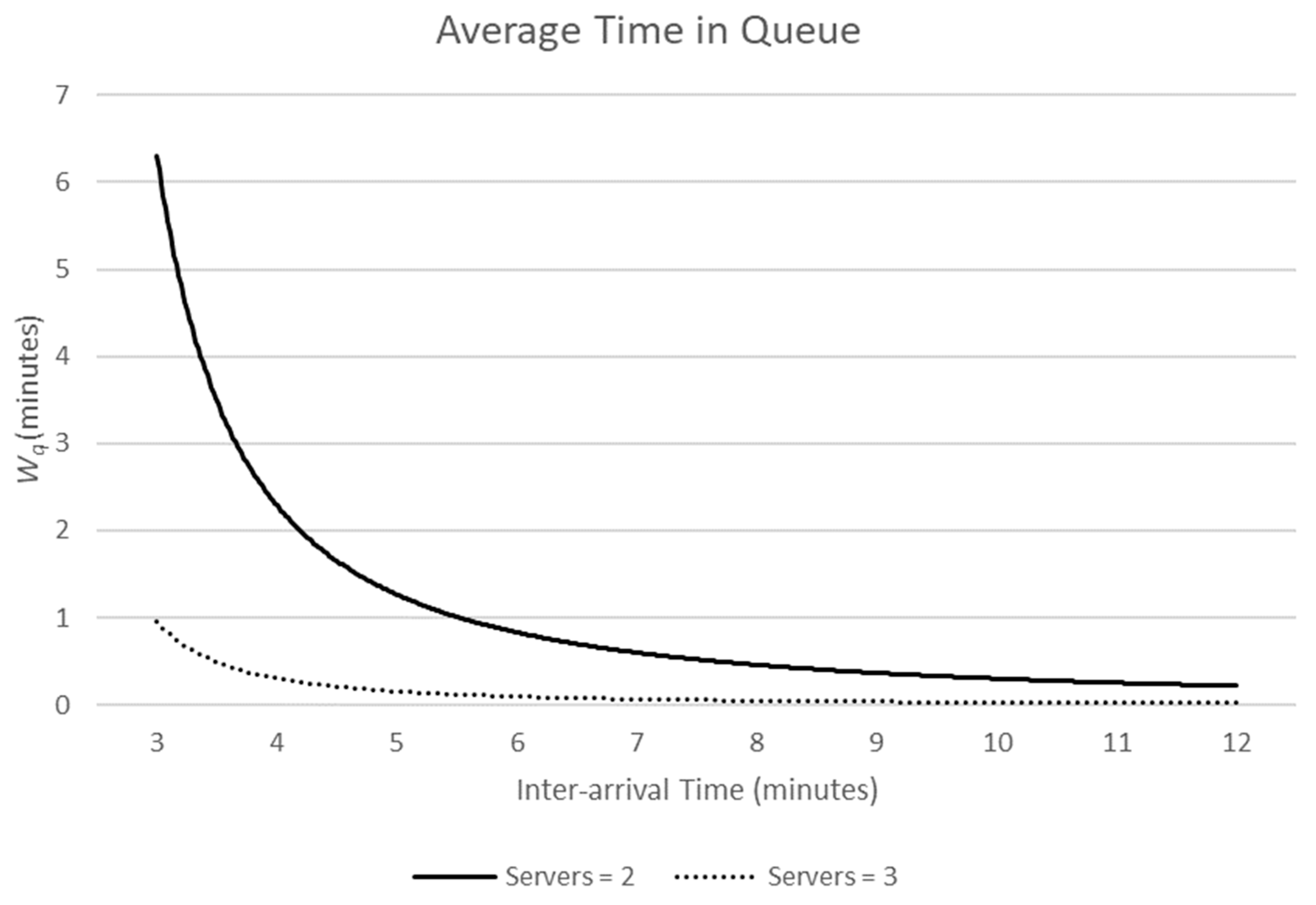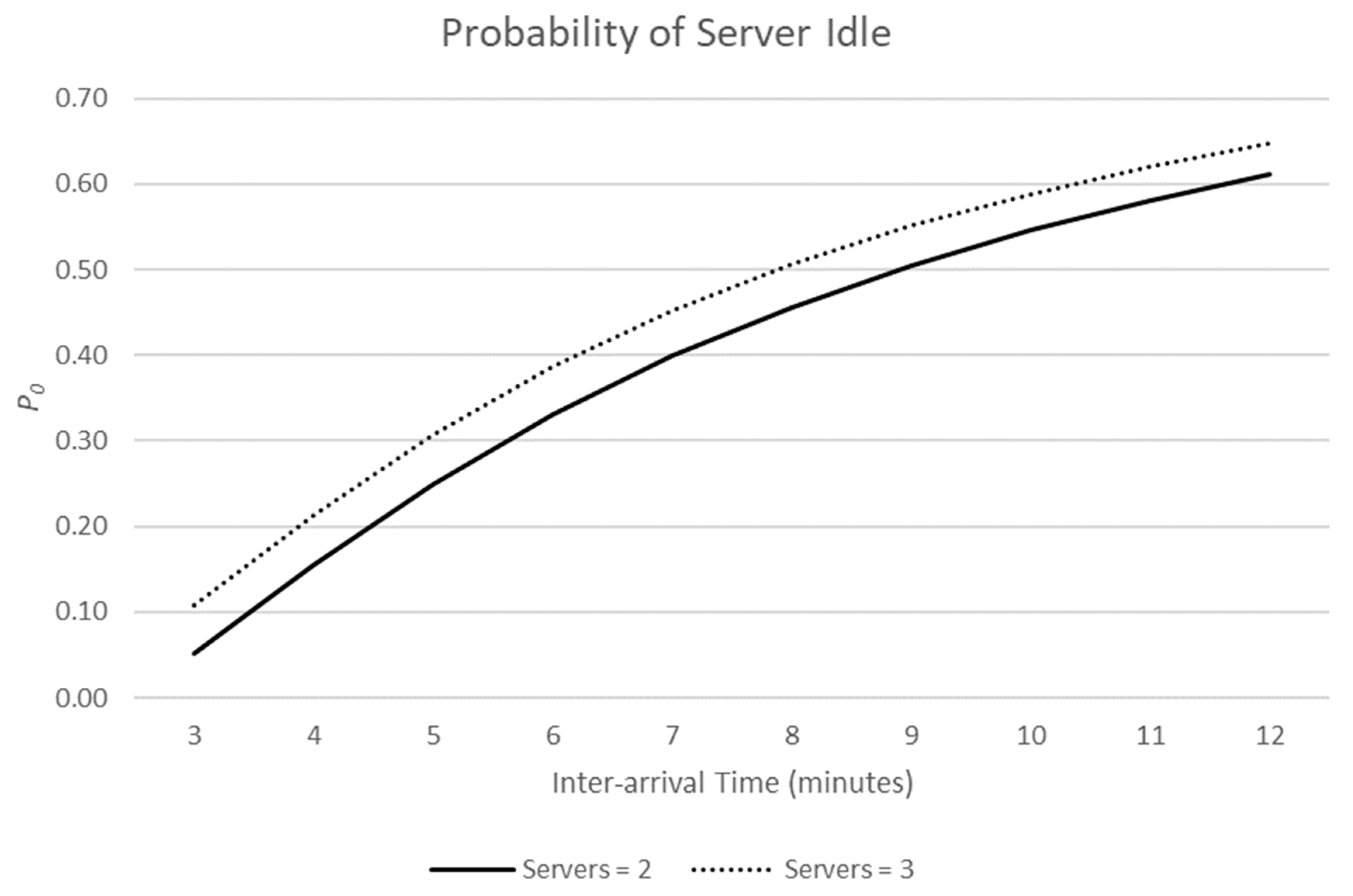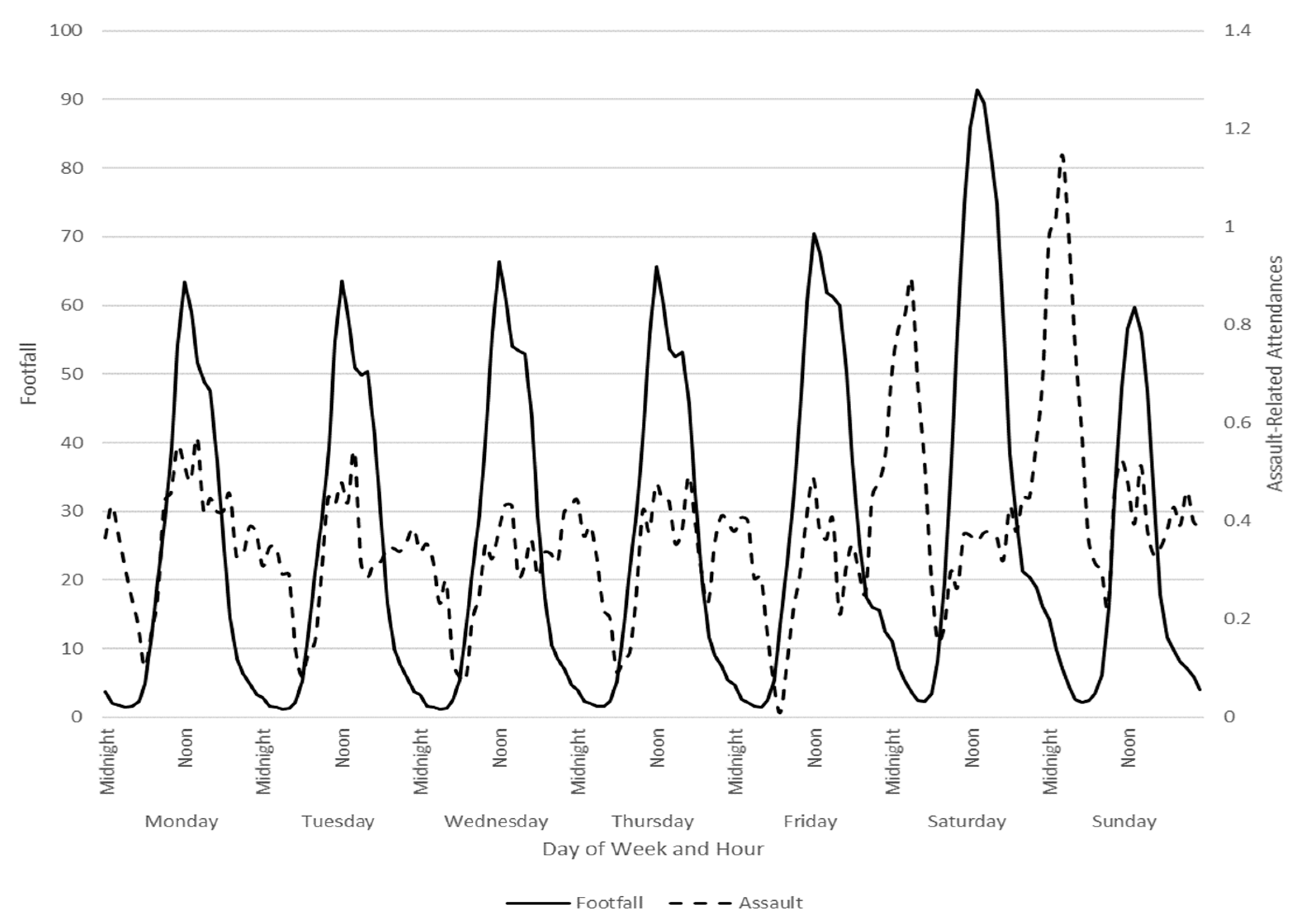An Exploration of the Multiplicative Effect of “Other People” and Other Environmental Effects on Violence in the Night-Time Environment
Abstract
1. Introduction
1.1. Enticements in the Night-Time Environment
1.2. Other People
1.3. Queueing
1.4. Summary
2. Methods
2.1. Data
2.1.1. Assault-Related Injury
2.1.2. Estimating Footfall
2.1.3. Estimating Footfall in Cardiff
2.1.4. Sporting Events
2.1.5. Weather
2.1.6. Public Holidays
2.2. Analytic Strategy
3. Results
4. Discussion
5. Conclusions
Author Contributions
Funding
Data Availability Statement
Conflicts of Interest
References
- Bandura, A.; Walters, R.H. Social Learning Theory; Prentice-Hall: Englewood Cliffs, NJ, USA, 1977; Volume 1. [Google Scholar]
- DeWall, C.N.; Anderson, C.A.; Bushman, B.J. The general aggression model: Theoretical extensions to violence. Psychol. Violence 2011, 1, 245. [Google Scholar] [CrossRef]
- Allen, J.J.; Anderson, C.A. General aggression model. In The International Encyclopedia of Media Effects; John Wiley & Sons: Hoboken, NJ, USA, 2017; pp. 1–15. [Google Scholar]
- Jung, J.; Busching, R.; Krahé, B. Catching aggression from one’s peers: A longitudinal and multilevel analysis. Soc. Personal. Psychol. Compass 2019, 13, e12433. [Google Scholar] [CrossRef]
- Pruss-Ustun, A.; Corvalán, C.F.; World Health Organization. Preventing Disease through Healthy Environments: Towards an Estimate of the Environmental Burden of Disease; World Health Organization: Geneva, Switzerland, 2006. [Google Scholar]
- Prüss-Üstün, A.; Wolf, J.; Corvalán, C.; Bos, R.; Neira, M. Preventing Disease through Healthy Environments: A Global Assessment of the Burden of Disease from Environmental Risks; World Health Organization: Geneva, Switzerland, 2016. [Google Scholar]
- Graham, K.; Homel, R. Raising the Bar: Understanding and Preventing Violence in Bars, Clubs and Pubs; Willan Publishing: Devon, UK, 2008. [Google Scholar]
- Redfern, J.; Sidorov, K.; Rosin, P.L.; Corcoran, P.; Moore, S.C.; Marshall, D. Association of violence with urban points of interest. PLoS ONE 2020, 15, e0239840. [Google Scholar] [CrossRef]
- Duke, A.A.; Smith, K.M.; Oberleitner, L.; Westphal, A.; McKee, S.A. Alcohol, drugs, and violence: A meta-meta-analysis. Psychol. Violence 2018, 8, 238. [Google Scholar] [CrossRef]
- Gruenewald, P.J. The spatial ecology of alcohol problems: Niche theory and assortative drinking. Addiction 2007, 102, 870–878. [Google Scholar] [CrossRef]
- Lange-Faria, W.; Elliot, S. Understanding the role of social media in destination marketing. Tourismos 2012, 7, 193–211. [Google Scholar]
- Hu, Y.; Ritchie, J.B. Measuring destination attractiveness: A contextual approach. J. Travel Res. 1993, 32, 25–34. [Google Scholar]
- Savic, M.; Pennay, A.; Cook, M.; Livingston, M. Assembling the socio-cultural and material elements of young adults’ drinking on a night out: A synthesis of Australian qualitative research. Crit. Public Health 2021, 1–13. [Google Scholar] [CrossRef]
- Paradis, C.; Zhao, J.; Stockwell, T. Original quantitative research-What popular bars post on social media platforms: A case for improved alcohol advertising regulation. Health Promot. Chronic Dis. Prev. Can. Res. Policy Pract. 2020, 40, 143. [Google Scholar]
- Hobbs, D.; Hadfield, P.; Lister, S.; Winlow, S. Violence and control in the night-time economy. Eur. J. Crime Crim. Law Crim. Justice 2005, 13, 89. [Google Scholar] [CrossRef]
- Tutenges, S.; Bøhling, F. Designing drunkenness: How pubs, bars and nightclubs increase alcohol sales. Int. J. Drug Policy 2019, 70, 15–21. [Google Scholar] [CrossRef]
- Noë, N.; Whitaker, R.M.; Chorley, M.J.; Pollet, T.V. Birds of a feather locate together? Foursquare checkins and personality homophily. Comput. Hum. Behav. 2016, 58, 343–353. [Google Scholar] [CrossRef]
- McPherson, M.; Smith-Lovin, L.; Cook, J.M. Birds of a feather: Homophily in social networks. Annu. Rev. Sociol. 2001, 27, 415–444. [Google Scholar] [CrossRef]
- Moore, S.C.; Shepherd, J.P.; Eden, S.; Sivarajasingam, V. The effect of rugby match outcome on spectator aggression and intention to drink alcohol. Crim. Behav. Ment. Health 2007, 17, 118–127. [Google Scholar] [CrossRef]
- Sivarajasingam, V.; Moore, S.; Shepherd, J.P. Winning, losing, and violence. Inj. Prev. 2005, 11, 69–70. [Google Scholar] [CrossRef]
- Chamberlain, S.R.; Sahakian, B.J. The neuropsychiatry of impulsivity. Curr. Opin. Psychiatry 2007, 20, 255–261. [Google Scholar] [CrossRef]
- Moore, S.C.; Cusens, B. Delay discounting predicts increase in blood alcohol level in social drinkers. Psychiatry Res. 2010, 179, 324–327. [Google Scholar] [CrossRef]
- Steinberg, L. A dual systems model of adolescent risk-taking. Dev. Psychobiol. J. Int. Soc. Dev. Psychobiol. 2010, 52, 216–224. [Google Scholar] [CrossRef]
- Rossow, I.; Norström, T. The impact of small changes in bar closing hours on violence. The Norwegian experience from 18 cities. Addiction 2012, 107, 530–537. [Google Scholar] [CrossRef]
- Kypri, K.; McElduff, P.; Miller, P. Restrictions in pub closing times and lockouts in Newcastle, Australia five years on. Drug Alcohol Rev. 2014, 33, 323–326. [Google Scholar] [CrossRef]
- Devilly, G.J. The impact of last drinks legislation: Exit intoxication and perceptions of risk within nighttime entertainment districts in Brisbane, Australia. Subst. Use Misuse 2022, 57, 425–431. [Google Scholar] [CrossRef]
- Moore, S.C.; Flajšlik, M.; Rosin, P.L.; Marshall, D. A particle model of crowd behavior: Exploring the relationship between alcohol, crowd dynamics and violence. Aggress. Violent Behav. 2008, 13, 413–422. [Google Scholar] [CrossRef]
- Townsley, M.; Grimshaw, R. The consequences of queueing: Crowding, situational features and aggression in entertainment precincts. Crime Prev. Community Saf. 2013, 15, 23–47. [Google Scholar] [CrossRef]
- Patrick, C.J. Psychophysiological correlates of aggression and violence: An integrative review. Philos. Trans. R. Soc. B Biol. Sci. 2008, 363, 2543–2555. [Google Scholar] [CrossRef]
- Cohen, S. Aftereffects of stress on human performance and social behavior: A review of research and theory. Psychol. Bull. 1980, 88, 82. [Google Scholar] [CrossRef]
- Jain, U. Effects of population density and resources on the feeling of crowding and personal space. J. Soc. Psychol. 1987, 127, 331–338. [Google Scholar] [CrossRef]
- Kaya, N.; Erkip, F. Invasion of personal space under the condition of short-term crowding: A case study on an automatic teller machine. J. Environ. Psychol. 1999, 19, 183–189. [Google Scholar] [CrossRef]
- Macintyre, S.; Homel, R. Danger on the dance floor: A study of interior design, crowding and aggression in nightclubs. Polic. Prev. Reducing Crime Public Intox. Inj. 1997, 7, 91–113. [Google Scholar]
- Kanaga, K.R.; Flynn, M. The relationship between invasion of personal space and stress. Hum. Relat. 1981, 34, 239–248. [Google Scholar] [CrossRef]
- Löhner, R. On the modeling of pedestrian motion. Appl. Math. Model. 2010, 34, 366–382. [Google Scholar] [CrossRef]
- Chraibi, M.; Seyfried, A.; Schadschneider, A. Generalized centrifugal-force model for pedestrian dynamics. Phys. Rev. E 2010, 82, 046111. [Google Scholar] [CrossRef] [PubMed]
- Helbing, D.; Molnar, P. Social force model for pedestrian dynamics. Phys. Rev. E 1995, 51, 4282. [Google Scholar] [CrossRef]
- Yu, W.; Chen, R.; Dong, L.-Y.; Dai, S. Centrifugal force model for pedestrian dynamics. Phys. Rev. E 2005, 72, 026112. [Google Scholar] [CrossRef]
- Sztrik, J. Basic queueing theory. Univ. Debr. Fac. Inform. 2012, 193, 60–67. [Google Scholar]
- Larson, R.C. Perspectives on queues: Social justice and the psychology of queueing. Oper. Res. 1987, 35, 895–905. [Google Scholar] [CrossRef]
- Blanckenhorn, W.U.; Caraco, T. Social subordinance and a resource queue. Am. Nat. 1992, 139, 442–449. [Google Scholar] [CrossRef]
- Milgram, S.; Liberty, H.J.; Toledo, R.; Wackenhut, J. Response to intrusion into waiting lines. J. Personal. Soc. Psychol. 1986, 51, 683. [Google Scholar] [CrossRef]
- Helweg-Larsen, M.; LoMonaco, B.L. Queuing Among U2 Fans: Reactions to Social Norm Violations 1. J. Appl. Soc. Psychol. 2008, 38, 2378–2393. [Google Scholar] [CrossRef]
- Ledbetter, J.L.; Mohamed-Ameen, A.; Oglesby, J.M.; Boyce, M.W. Your wait time from this point will be... practices for designing amusement park queues. Ergon. Des. 2013, 21, 22–28. [Google Scholar]
- Baker, J.; Cameron, M. The effects of the service environment on affect and consumer perception of waiting time: An integrative review and research propositions. J. Acad. Mark. Sci. 1996, 24, 338–349. [Google Scholar] [CrossRef]
- Moore, S.C.; Crompton, K.; van Goozen, S.; van den Bree, M.; Bunney, J.; Lydall, E. A feasibility study of short message service text messaging as a surveillance tool for alcohol consumption and vehicle for interventions in university students. BMC Public Health 2013, 13, 1–14. [Google Scholar] [CrossRef] [PubMed]
- Thornberry, T.P.; Krohn, M.D. (Eds.) Comparison of self-report and official data for measuring crime. In Measurement Problems in Criminal Justice Research: Workshop Summary; National Academies Press: Washington, DC, USA, 2003. [Google Scholar]
- Giacomantonio, C.; Sutherland, A.; Boyle, A.; Shepherd, J.; Kruithof, K.; Davies, M. Injury surveillance: Using A&E data for crime reduction. In Guidance for Police Analysts and Practitioners; College of Policing: Ryton-on-Dunsmore, UK, 2014. [Google Scholar]
- Sutherland, I.; Sivarajasingam, V.; Shepherd, J.P. Recording of community violence by medical and police services. Inj. Prev. 2002, 8, 246–247. [Google Scholar] [CrossRef] [PubMed]
- Florence, C.; Shepherd, J.; Brennan, I.R.; Simon, T. Effectiveness of anonymised information sharing and use in health service, police, and local government partnership for preventing violence related injury: Experimental study and time series analysis. BMJ 2011, 342, d3313. [Google Scholar] [CrossRef] [PubMed]
- Sumner, S.A.; Mercy, J.A.; Dahlberg, L.L.; Hillis, S.D.; Klevens, J.; Houry, D. Violence in the United States: Status, challenges, and opportunities. JAMA 2015, 314, 478–488. [Google Scholar] [CrossRef] [PubMed]
- IEEE Standard for Air Interface for Broadband Wireless Access Systems. In C/LM-LAN/MAN Standards Committee; Institute of Electrical and Electronics Engineers: Piscatvie, NJ, USA, 2017.
- SmartStreetSensor Footfall Data: Consumer Data Research Centre. 2018. Available online: https://data.cdrc.ac.uk/dataset/local-data-company-smartstreetsensor-footfall-data (accessed on 13 October 2021).
- Wolfe, J.; Martinez, R.; Scott, W.A. Baseball and beer: An analysis of alcohol consumption patterns among male spectators at major-league sporting events. Ann. Emerg. Med. 1998, 31, 629–632. [Google Scholar] [CrossRef]
- Rimmer, S. Matchday Experience–New Measures at Principality Stadium Cardiff: Welsh Rugby Union. Available online: https://www.wru.wales/2022/02/matchday-experience-new-measures-at-principality-stadium/ (accessed on 2 February 2022).
- National Centers for Environmental Information Global Surface Summary of Day Data (GSOD) Version 7. Available online: https://www.ncei.noaa.gov/data/global-summary-of-the-day/ (accessed on 2 February 2022).
- Brennan, I.R.; Moore, S.C.; Byrne, E.; Murphy, S. Interventions for disorder and severe intoxication in and around licensed premises, 1989–2009. Addiction 2011, 106, 706–713. [Google Scholar] [CrossRef]
- Babor, T.F.; Berglas, S.; Mendelson, J.H.; Ellingboe, J.; Miller, K. Alcohol, affect, and the disinhibition of verbal behavior. Psychopharmacology 1983, 80, 53–60. [Google Scholar] [CrossRef]
- Källmén, H.; Gustafson, R. Alcohol and Disinhibition. Eur. Addict. Res. 1998, 4, 150–162. [Google Scholar] [CrossRef] [PubMed]
- Moore, S.C.; Wood, A.M.; Moore, L.; Shepherd, J.; Murphy, S.; Brown, G.D. A rank based social norms model of how people judge their levels of drunkenness whilst intoxicated. BMC Public Health 2016, 16, 798. [Google Scholar] [CrossRef]
- Boyle, A.; Chauvin, A.; Atkinson, P. Violence in emergency care: Can we do better? Can. J. Emerg. Med. 2022, 24, 107–108. [Google Scholar]
- Wickham, M. Alcohol Consumption in the Night-Time Economy; Greater London Authority: London, UK, 2012. [Google Scholar]
- Schadschneider, A.; Klingsch, W.; Klüpfel, H.; Kretz, T.; Rogsch, C.; Seyfried, A. Evacuation dynamics: Empirical results, modeling, and applications. arXiv 2008, arXiv:0802.1620. [Google Scholar]
- Bandini, S.; Mondini, M.; Vizzari, G. Modelling negative interactions among pedestrians in high density situations. Transp. Res. Part C Emerg. Technol. 2014, 40, 251–270. [Google Scholar] [CrossRef]
- Hassin, R. Rational Queueing; CRC Press: Boca Raton, FL, USA, 2016. [Google Scholar]
- Furnham, A.; Treglown, L.; Horne, G. The Psychology of Queuing. Psychology 2020, 11, 480–498. [Google Scholar] [CrossRef]
- Gibbs, J.W. Elementary Principles in Statistical Mechanics; Scribner’s Sons: New York, NY, USA, 1902. [Google Scholar]
- Maxwell, J.C. IV. On the dynamical theory of gases. Philos. Trans. R. Soc. Lond. 1867, 49–88. [Google Scholar]
- Durkheim, E. The division of labor in society. In Social Stratification; Routledge: London, UK, 2019; pp. 178–183. [Google Scholar]



| 95% CI | ||||
|---|---|---|---|---|
| Mean | Proportion 1 | Lower | Upper | |
| Assault-related visits | 2.210 | 2.089 | 2.331 | |
| Female | 0.503 | 0.458 | 0.548 | |
| Male | 1.707 | 1.602 | 1.813 | |
| Footfall index (evenings) | 514.19 | 490.33 | 538.06 | |
| Temperature (°F) | 52.518 | 52.005 | 53.032 | |
| Rainfall (inches) | 0.088 | 0.076 | 0.100 | |
| Rugby at home | 0.017 | 0.010 | 0.026 | |
| Rugby away | 0.013 | 0.007 | 0.022 | |
| Bank holiday | 0.022 | 0.014 | 0.033 | |
| N = 1129 8 p.m. to 4 a.m. sessions | ||||
| 95% CI | |||||
|---|---|---|---|---|---|
| Log Footfall | β | Lower | Upper | p | |
| Rugby at home | 3.704 | 2.870 | 4.538 | <0.001 | |
| Rugby away | 0.045 | −0.862 | 0.952 | 0.923 | |
| Temperature | −0.037 | −0.064 | −0.011 | 0.006 | |
| Rainfall | 0.627 | 0.061 | 1.194 | 0.030 | |
| Bank holiday | −1.196 | −2.008 | −0.383 | 0.004 | |
| Bank holiday (day before) | 3.304 | 2.492 | 4.116 | <0.001 | |
| Day of week (reference = Sunday) | |||||
| Monday | 0.751 | 0.387 | 1.114 | <0.001 | |
| Tuesday | 0.703 | 0.261 | 1.145 | 0.002 | |
| Wednesday | 1.232 | 0.758 | 1.706 | <0.001 | |
| Thursday | 1.480 | 1.008 | 1.951 | <0.001 | |
| Friday | 6.575 | 6.132 | 7.018 | <0.001 | |
| Saturday | 7.741 | 7.366 | 8.116 | <0.001 | |
| Constant | 5.351 | 3.903 | 6.800 | <0.001 | |
| N = 1129 8 p.m. to 4 a.m. sessions | |||||
| Prais–Winsten AR(1) regression (iterated estimates) | |||||
| Durbin–Watson statistic (original) | 0.900 | ||||
| Durbin–Watson statistic (transformed) | 2.050 | ||||
| 95% CI | |||||||||
|---|---|---|---|---|---|---|---|---|---|
| Model | β | Lower | Upper | p | R2 | AIC | BIC | ||
| I | Footfall | β1 | 0.0034 | 0.0033 | 0.0036 | <0.001 | 0.5576 | 4788.409 | 4793.439 |
| II | Footfall | β1 | 1.4419 | 1.3243 | 1.5595 | <0.001 | 0.6151 | 4633.211 | 4643.270 |
| β2 | 1.0007 | 1.0007 | 1.0008 | <0.001 | |||||
| III | Footfall | β1 | 0.8109 | 0.3865 | 1.2352 | <0.001 | 0.6346 | 4586.422 | 4626.655 |
| β2 | 1.0009 | 1.0007 | 1.0011 | <0.001 | |||||
| Rugby at home | 2.5420 | 1.6283 | 3.4556 | <0.001 | |||||
| Rugby away | 1.3955 | 0.4501 | 2.3409 | <0.01 | |||||
| Temperature (°F) | 0.0141 | 0.0047 | 0.0234 | <0.01 | |||||
| Rainfall (inches) | −0.0806 | −0.6229 | 0.4616 | 0.770 | |||||
| Bank holiday | 0.9236 | 0.1883 | 1.6589 | 0.014 | |||||
| Bank holiday (day before) | 0.8678 | 0.1336 | 1.6020 | 0.021 | |||||
| IV | Footfall | β1 | 0.0608 | −0.0920 | 0.2136 | 0.435 | 0.6984 | 4383.933 | 4459.369 |
| β2 | 1.0016 | 1.0005 | 1.0027 | <0.001 | |||||
| Rugby at home | 2.0416 | 1.1833 | 2.8999 | <0.001 | |||||
| Rugby away | 0.5812 | −0.2898 | 1.4521 | 0.191 | |||||
| Temperature (°F) | 0.0186 | 0.0069 | 0.0302 | <0.01 | |||||
| Rainfall (inches) | −0.0518 | −0.5476 | 0.4440 | 0.838 | |||||
| Bank holiday | 1.0927 | 0.4008 | 1.7847 | <0.01 | |||||
| Bank holiday (day before) | 1.4343 | 0.7407 | 2.1280 | <0.001 | |||||
| Sunday | 0.3768 | −0.3711 | 1.1248 | 0.323 | |||||
| Monday | 0.3230 | −0.4349 | 1.0809 | 0.403 | |||||
| Tuesday | 0.2701 | −0.4823 | 1.0224 | 0.481 | |||||
| Wednesday | 0.3565 | −0.4042 | 1.1172 | 0.358 | |||||
| Thursday | 0.4196 | −0.3380 | 1.1773 | 0.277 | |||||
| Friday | 2.0294 | 1.1904 | 2.8684 | <0.001 | |||||
| Saturday | 2.8472 | 1.9644 | 3.7299 | <0.001 | |||||
Publisher’s Note: MDPI stays neutral with regard to jurisdictional claims in published maps and institutional affiliations. |
© 2022 by the authors. Licensee MDPI, Basel, Switzerland. This article is an open access article distributed under the terms and conditions of the Creative Commons Attribution (CC BY) license (https://creativecommons.org/licenses/by/4.0/).
Share and Cite
Moore, S.C.; Woolley, T.E.; White, J. An Exploration of the Multiplicative Effect of “Other People” and Other Environmental Effects on Violence in the Night-Time Environment. Int. J. Environ. Res. Public Health 2022, 19, 16963. https://doi.org/10.3390/ijerph192416963
Moore SC, Woolley TE, White J. An Exploration of the Multiplicative Effect of “Other People” and Other Environmental Effects on Violence in the Night-Time Environment. International Journal of Environmental Research and Public Health. 2022; 19(24):16963. https://doi.org/10.3390/ijerph192416963
Chicago/Turabian StyleMoore, Simon C., Thomas E. Woolley, and James White. 2022. "An Exploration of the Multiplicative Effect of “Other People” and Other Environmental Effects on Violence in the Night-Time Environment" International Journal of Environmental Research and Public Health 19, no. 24: 16963. https://doi.org/10.3390/ijerph192416963
APA StyleMoore, S. C., Woolley, T. E., & White, J. (2022). An Exploration of the Multiplicative Effect of “Other People” and Other Environmental Effects on Violence in the Night-Time Environment. International Journal of Environmental Research and Public Health, 19(24), 16963. https://doi.org/10.3390/ijerph192416963








